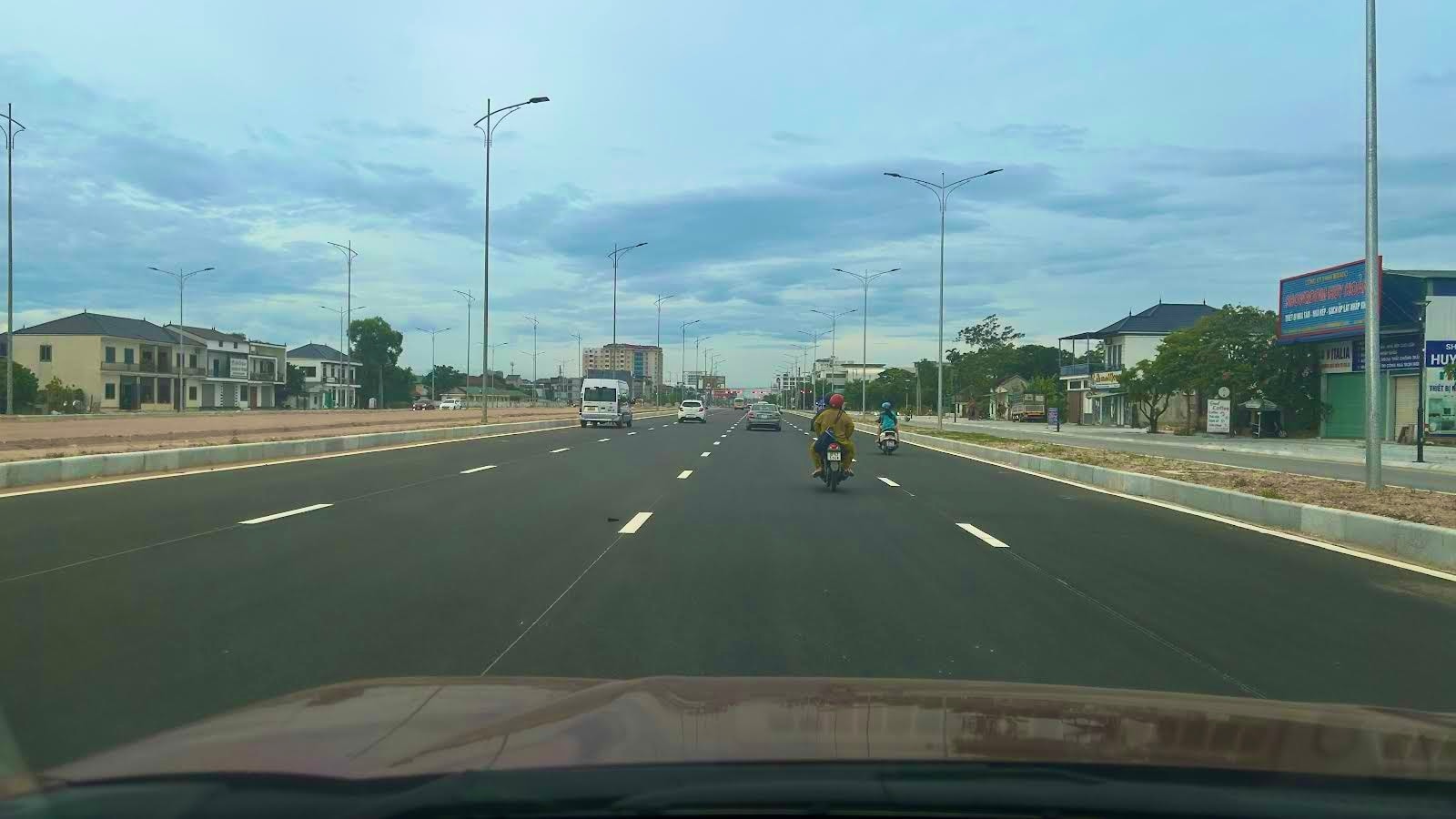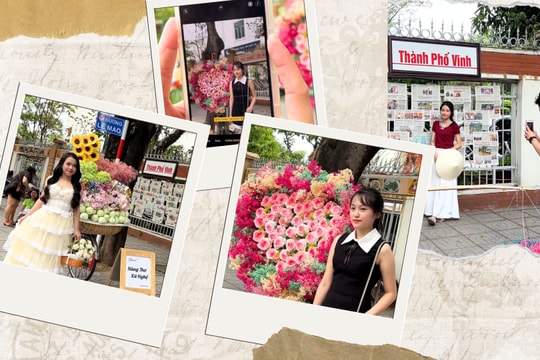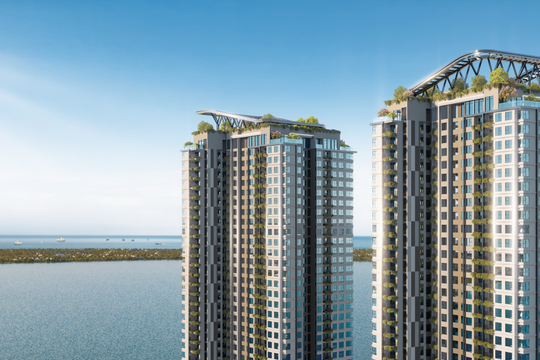Vision of developing into a green Vinh
Resolution No. 39/NQ-TW dated July 18, 2023 of the Politburo on building and developing Nghe An province to 2030, with a vision to 2045, affirms: "Focus on investment and have outstanding mechanisms and policies to develop Vinh city into an economic and cultural center of the entire North Central region; invest in developing synchronous economic and social infrastructure in a green, smart and modern direction".
Green city
In our country, the concept of green urban areas is still quite new. Many people still understand green urban areas as urban areas with many parks, trees, water surfaces, and better ones include the use of renewable energy for buildings and planting trees on roofs.... Some urban areas in Hanoi and Ho Chi Minh City are called ecological urban areas or green urban areas, but they only stop at the level of having many trees.
Meanwhile, European countries have set out criteria to achieve green urban areas, including: Green space: urban areas with high density of trees, high ratio of trees/people, public spaces, park spaces, and water surfaces are given attention; Green buildings: Greening buildings, green materials, energy saving, prioritizing energy and resource saving, exploiting and storing rainwater, saving water, using energy efficiently and environmentally friendly materials; Green transportation, green industry; Quality of green urban environment; Environmentally friendly residential communities.
Thus, whether the concept is sufficient or not, to move towards a green city, the issue of green space is put first and has an extremely important role and meaning.
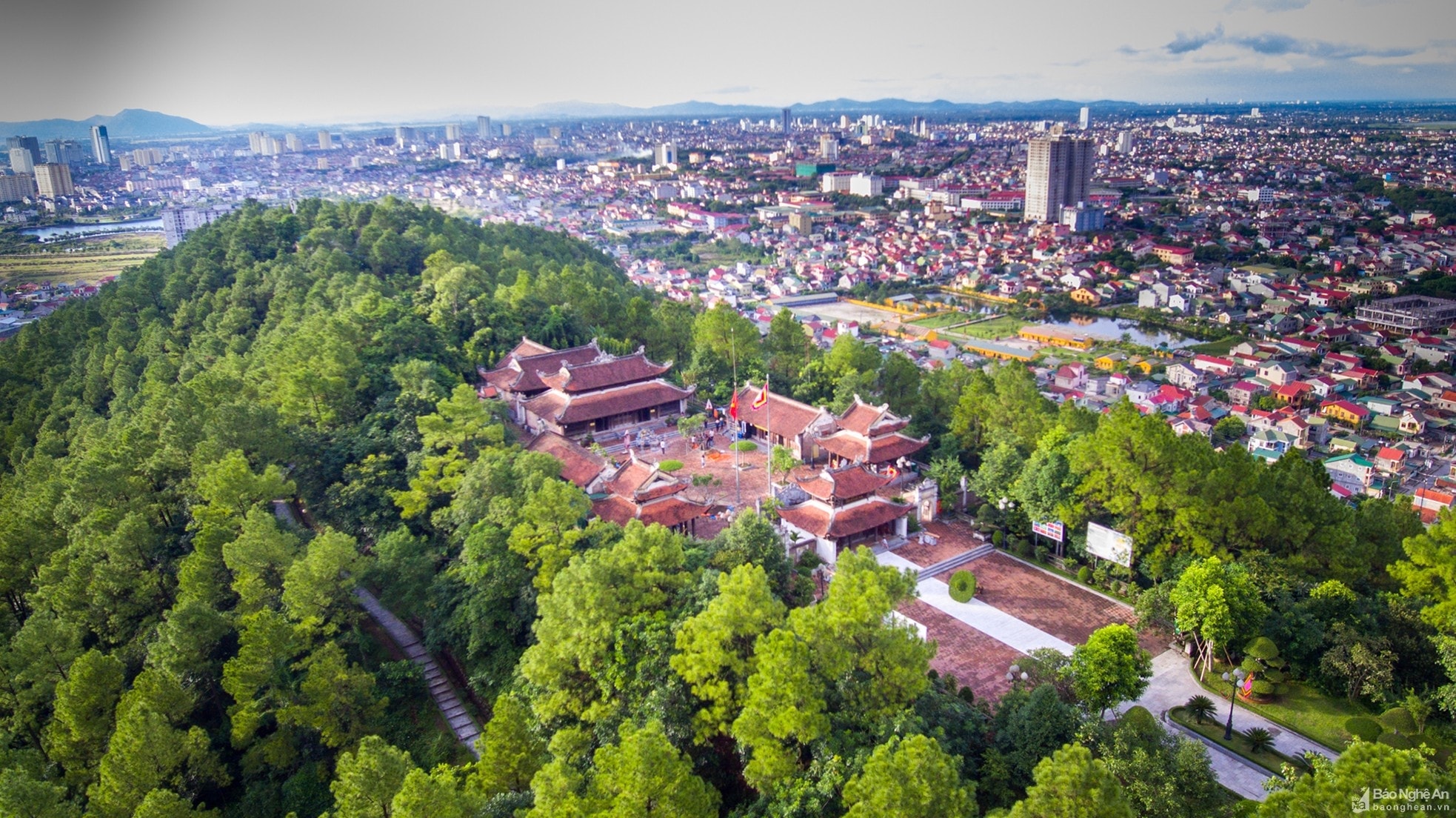
The role of urban ecological balance:Trees are not only the lungs of the city but also have many functions in the overall urban landscape ecosystem with a monolithic or biodiversity state, improving the living environment, increasing the aesthetics of urban space, creating emotions for people and contributing to the development of other secondary subsystems. In fact, the landscape ecosystem includes both natural landscapes and artificial landscapes.
The role of urban landscape art:Landscape trees have become familiar because of the natural beauty of all kinds of trees, grass, flowers and are used by architects, urban planners and managers as well as each citizen to decorate their gardens, streets, or parks. Landscape trees are divided into many types according to plant ecology, usage needs, color shapes, properties... The arrangement of trees to create urban landscapes is an art and growing technique of planting with many methods of grafting, shaping, bonsai... Besides, there are many other roles.
Lurban yin
Urban forestry can be defined as a network or system of forest strips, a collection of single or concentrated trees in urban and peri-urban areas; including: forests, street trees, roundabouts, trees in parks, home gardens, street corners, roadsides, riverbanks, lakeshores, coastal areas, orchards, farms, rooftops. Urban forestry is the backbone of green infrastructure as well as urban-rural connectivity, and improves the environmental footprint of cities (FAO 2017).
In recent years, Nghe An has paid great attention to developing the green tree system, especially Vinh city with its hot and dry climate and hot Lao wind. According to the report of Vinh city People's Committee, the average green tree ratio per capita of the city is 1.9 m2/person. Besides the lush green trees on both sides of the streets are forests that are cared for and protected, such as in Quyet Mountain Park, Ho Chi Minh Square, Ecopark Hung Hoa... Many streets have been and are replacing unsuitable trees and planting new ones according to themes, creating highlights for the city. Many rows of trees on the streets are not only lush but also beautiful, becoming check-in spots for young people in recent years. It can be said that urban green trees have made Vinh city cooler and more impressive.
However, it can be said that, like many cities in Vietnam, the urban green tree ratio of Vinh is very low, lower than the national average and only about 1/10 of cities in the world. Meanwhile, the green tree/person ratio index of modern cities in the world is commonly from 20 - 25m2/person. Many countries have high rates like Singapore 30.3m2/person, Seoul 41m2/person… Secondly, the city currently does not have a plan for urban tree development, so the principle of “choosing the right tree, planting in the right place” is sometimes confusing, and the layout is not beautiful...
Vinh City is on the path of expanding its space, merging with Cua Lo town and some communes of Nghi Loc district, becoming a city with sea, rivers, lakes, rural buffer space... Aiming for the goal of a green, smart, modern urban area as directed by Resolution No. 39/NQ-TU, the issue of developing green space for the city is an urgent and long-term task. To contribute to the realization of that goal, we would like to propose some issues as follows:
It is necessary to soon implement the development of urban forestry planning for the expanded Vinh city. When it comes to urban forestry planning, it is necessary to pay attention to organizing it into many different structures such as river protection corridors, lakes, tree hills, parks, flower gardens, street tree lines, vegetation, family gardens... In the urban area, there should be a continuous green garden space with a distance of 200m, with a minimum area of 0.1 ha, which will have a good effect on cooling the air and creating natural ventilation conditions for the area.
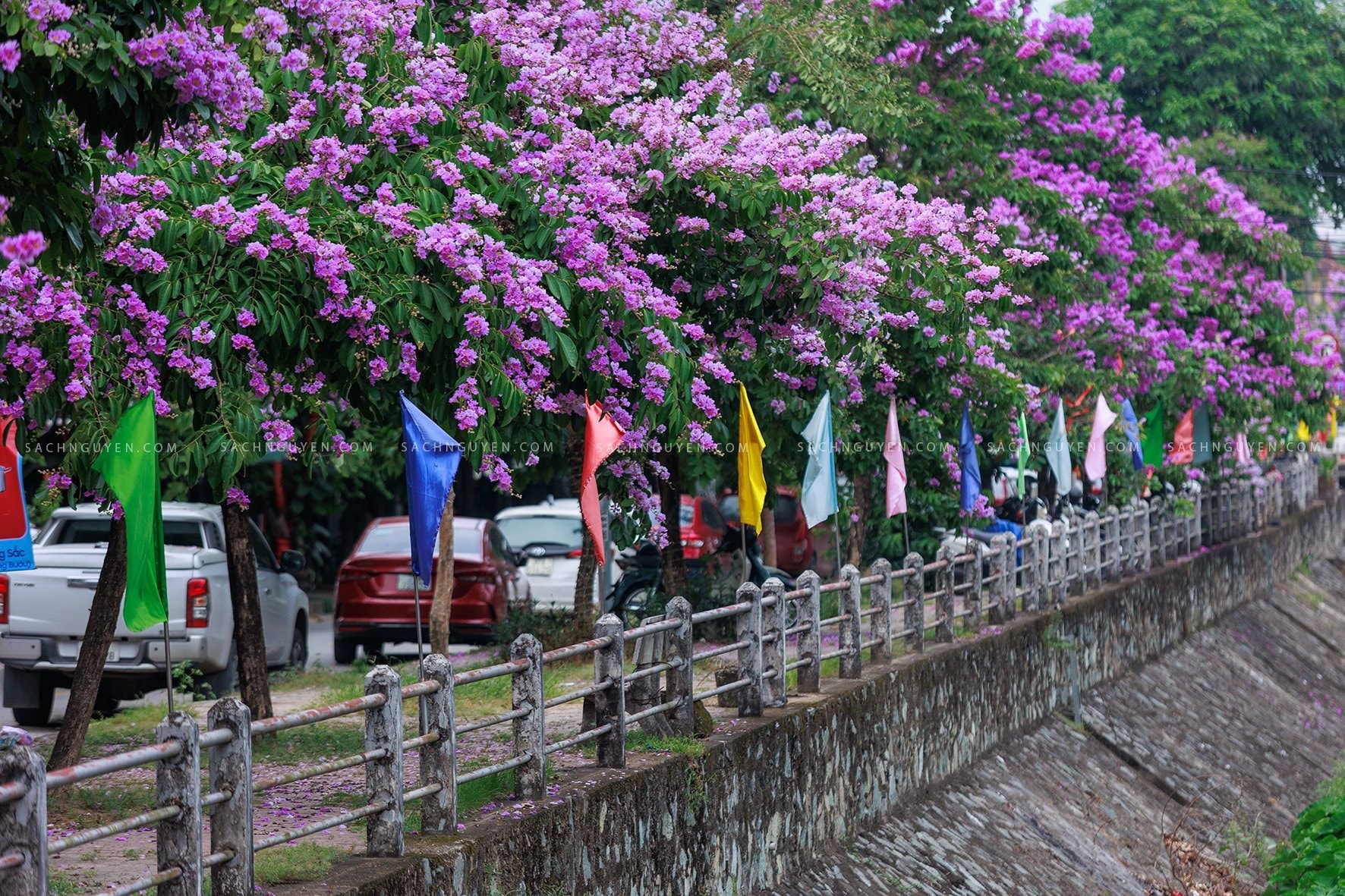
Second, it is necessary to pay attention to the green belt factor. Determining the green belt is very important, not only to limit the rampant urban development but also to affirm the urban identity. Moreover, the green belt is the interface between urban and rural areas, with the purpose of connecting and transferring between the two parts, so it must be considered and determined on the basis of a very careful analysis of the current situation. In particular, the expanded Vinh City already has two central urban areas, so it is necessary to pay attention to the connecting area between Vinh and Cua Lo in the direction of "City in the village, village in the city".
After planning, it is necessary to design and select tree species for each space with the principle of "choosing the right tree, planting in the right place". Because urban forestry is not only a matter of forestry science but also an architectural art related to landscape, urban structure as well as related to micro-climate factors and even cultural and spiritual factors...
Therefore, it is necessary to pay attention to the following factors: Seasonal plant ecology, plant density to create a reasonable environment and landscape. In addition, it is necessary to pay attention to the factors of combining and combining plant species related to plant ecology, such as the French combining milk flower trees with dracontomelon trees in Hanoi. Scientists recommend not to plant the same species of tree too concentrated (susceptible to pests and diseases), and not to plant many trees of the same age on the same street (avoid mass replacement). In addition, to have beautiful layouts, it can also be noted that there are some beautiful flower trees that can make a strong impression when standing alone among many other green trees such as yellow apricot trees; royal poinciana flowers... but there are some tree species that will make a good impression if planted in a row of 5-7 trees such as teak trees, black star trees...
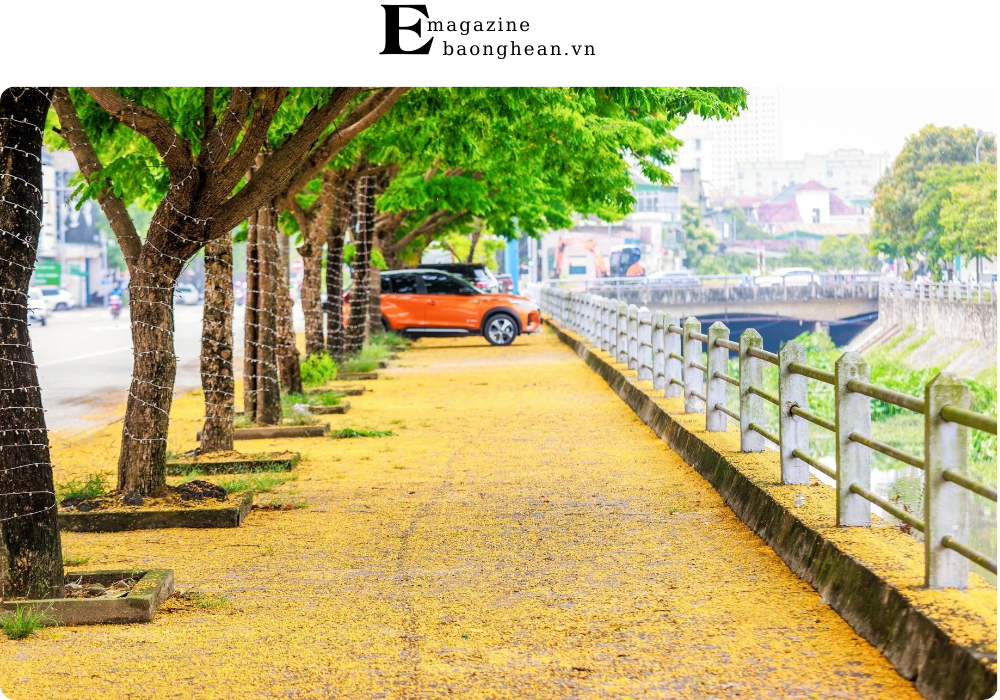
The third issue is the need to standardize and comply with the techniques for growing, planting, caring for and preserving urban trees. The lesson of urban trees falling and breaking too much during storms and winds in cities shows that compliance with the techniques for growing, planting and caring for trees is not good and not serious. Vietnam in general, Nghe An in particular, is often affected by storms, tornadoes and strong winds, so it is necessary to pay attention to the principle of "big trees, big pots". According to technical experts' recommendations, only trees with a standard root diameter of 5cm and a height of 3m should be planted. When growing, it is necessary to transfer the pots so that the roots develop proportionally with the tree and not damage the taproot.
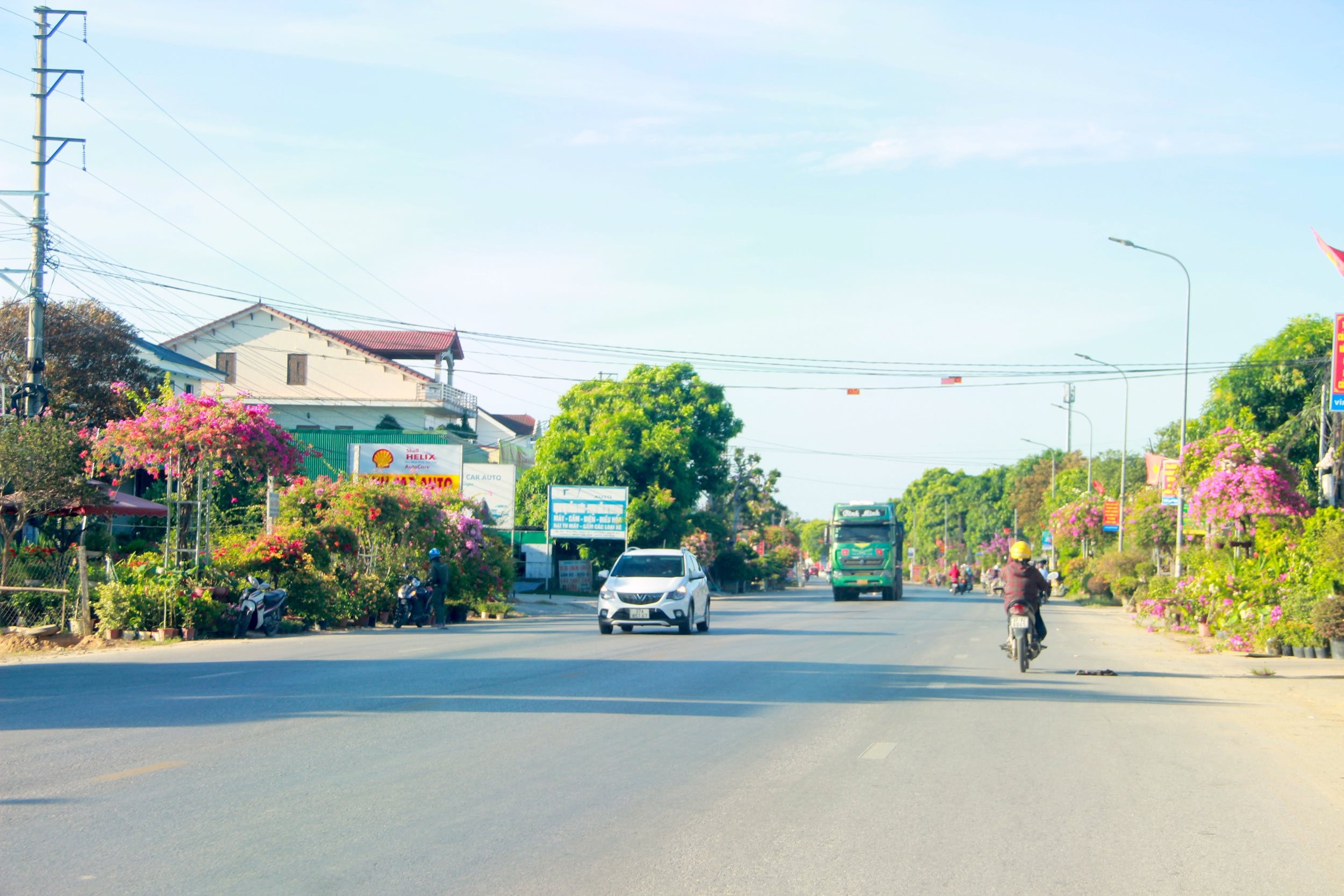
Secondly, it is necessary to plant trees suitable for each location and infrastructure in that location so that the roots can develop. At the same time, it is necessary to ensure the size of the planting hole and the fertilizer and substrate used when planting. Every season and every year, it is necessary to periodically survey to assess the status of pests and diseases for early treatment, including trees at risk of falling; have a plan and budget to prune branches, limit height, create canopy to "rejuvenate" trees...
The fourth issue is that it is necessary to pay attention to the application of advanced techniques in the field of urban forestry. First of all, it is necessary to conduct experiments to form a set of urban tree varieties suitable for each region of terrain, geography, climate, etc. Research on the application of self-dissolving nets in the process of producing seedlings; at the same time, it is necessary to train a technical team that is not only knowledgeable about urban forestry techniques but also about architectural art. In particular, applying information technology, GIS, etc. in urban forestry management.
Finally, socialize the planting, care and management of trees - urban forestry to increase the mobilization of social resources.
City planning needs to incorporate tree conservation laws, regulations on green land and water resources, development regulations, design and planting standards, and long-term maintenance provisions. Short-term commitments to planting more trees are not enough, because the success of urban forestry requires good planting and maintenance standards, a trained workforce, supportive policies, and full public awareness of the role of urban forestry, leading to active participation in its implementation.
